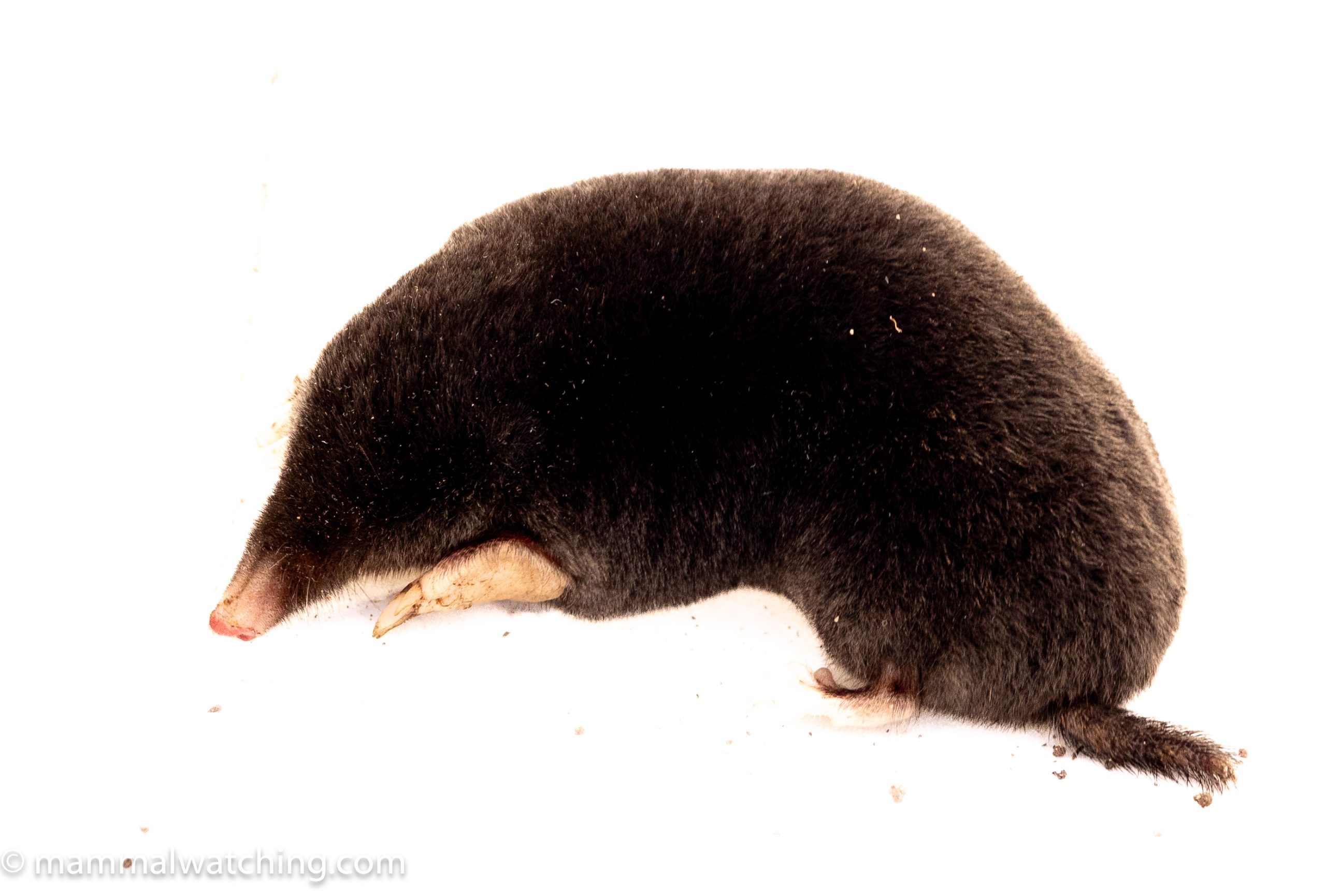
Moles and Voles, Bulgaria 2025
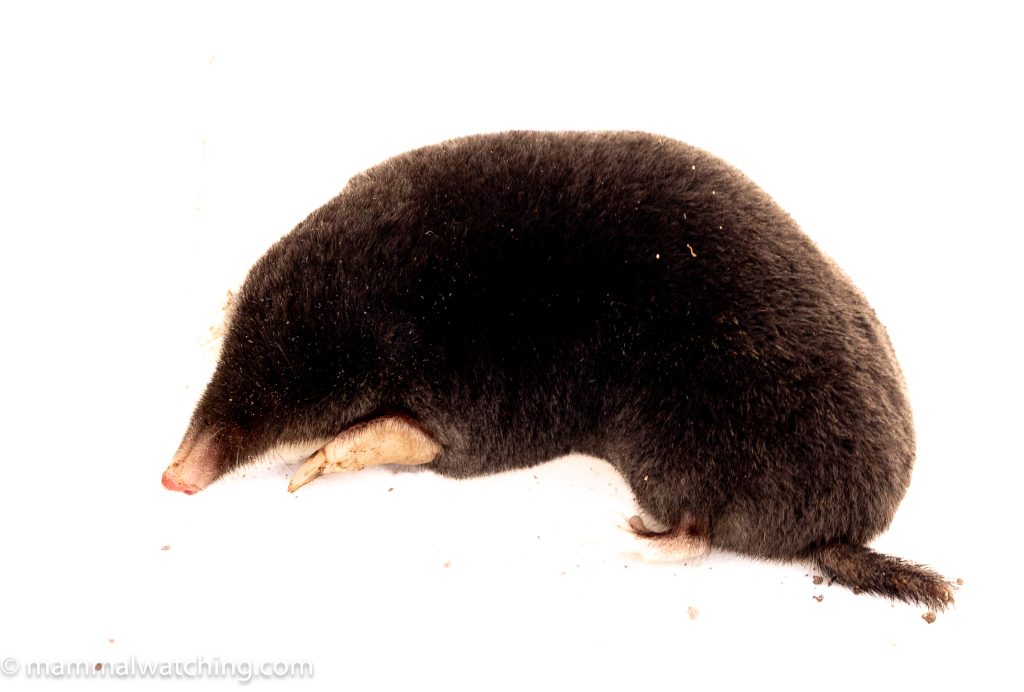
Martino’s Mole (Talpa martinorum)
I spent a few days in Bulgaria on the back of my mole-rat extravaganza and once again teamed up with my friend Nedko Nedyalkov from the National Museum of Natural History. A few people from this site have travelled with Nedko after my first trip report, mainly to see the beautiful Roach’s Mouse-tailed Dormouse. Nedko is likely Bulgaria’s leading mammalogist. He is also likely Bulgaria’s nicest guy.
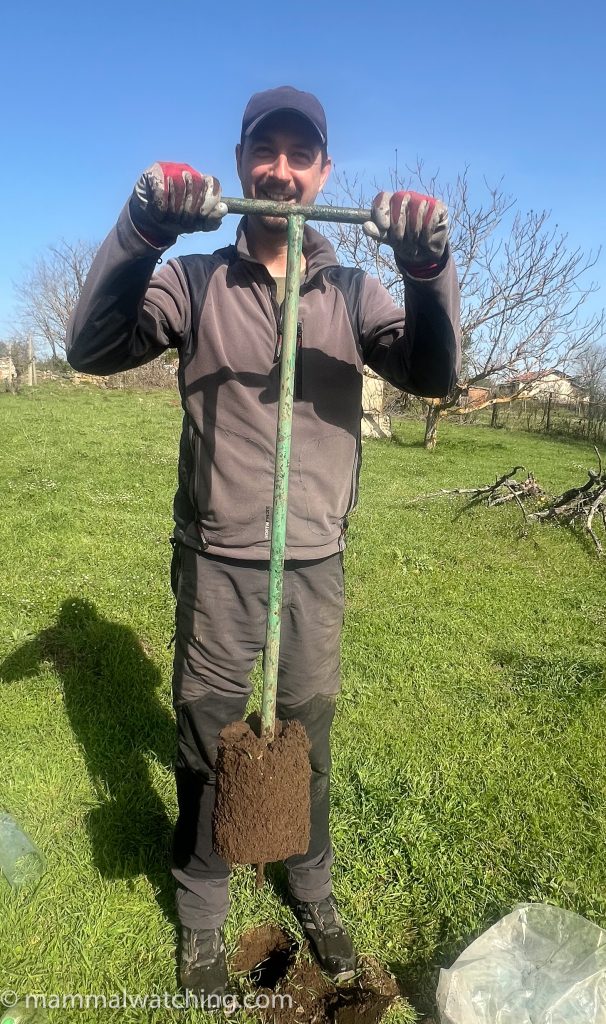
Nedko with his custom built mole finding gear
After my two previous trips with Nedko there remain only a handful of mammal species in Bulgaria that I haven’t seen. I sent Nedko my shopping list and he suggested we target five of them. I added a sixth to my list, Peak-saddle Horseshoe Bat, in the middle of our trip.
We saw three of my list but missed Eurasian Water Shrew (yet again), Serbian Mole-rat and the bat. This was what birders might call ‘a clean-up trip’, and I did not find (nor did I look for) a lot of species we could have seen. So please don’t let the short mammal list here fool you into thinking there isn’t much to see in Bulgaria!
Here is a short report on my target species, with mention of a few other mammals seen along the way.
Harting’s Vole
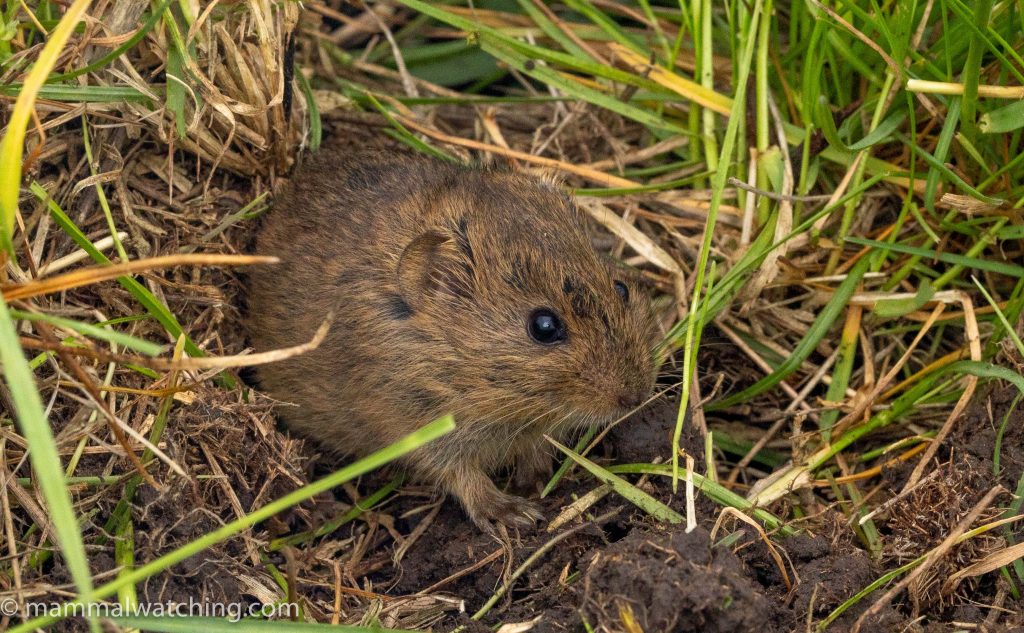
Harting’s Vole (Microtus hartingi)
I missed Harting’s Vole last time I was in Bulgaria although we saw plenty of evidence of this chunky social vole’s presence. In April 2025 the vole population had exploded and we saw many colonies in the south east.
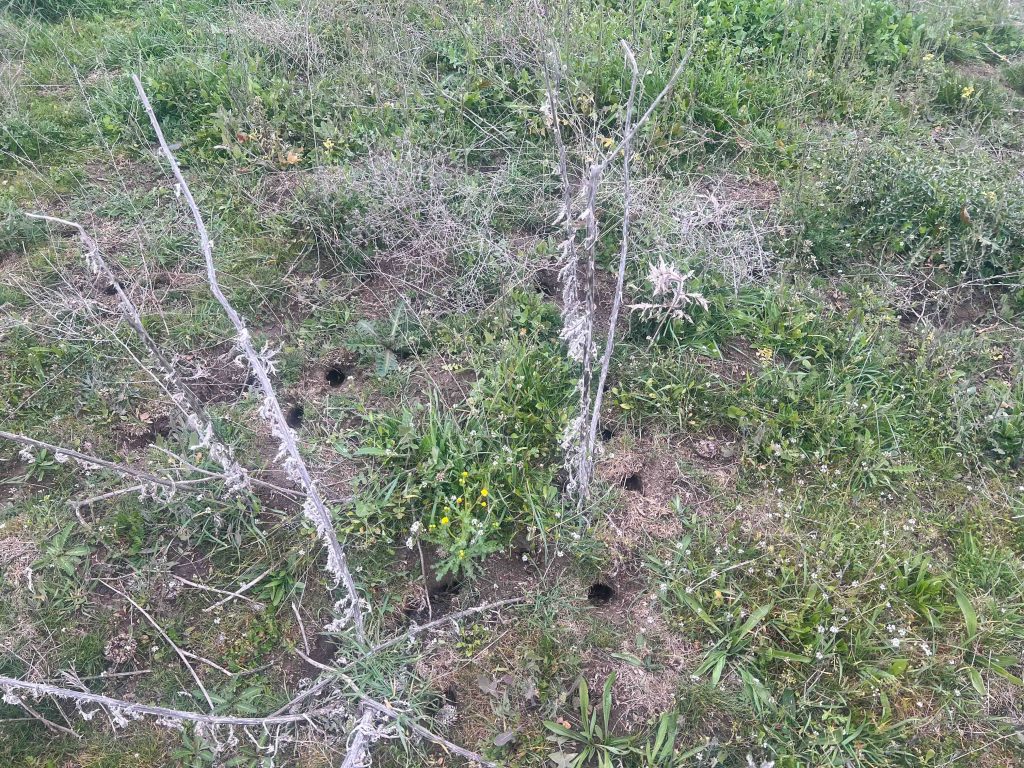
Harting’s Vole (Microtus hartingi) colony
This colony for instance was in the village of Zagortsi a few miles west of Burgas. The voles are diurnal and it should take just a few minutes to spot one sticking its head out of a burrow if you wait patiently in an active colony and the weather is good. Vole colonies were attracting many raptors, along with Red Foxes, Wild Cats and presumably mustelids too.
Martino’s Mole
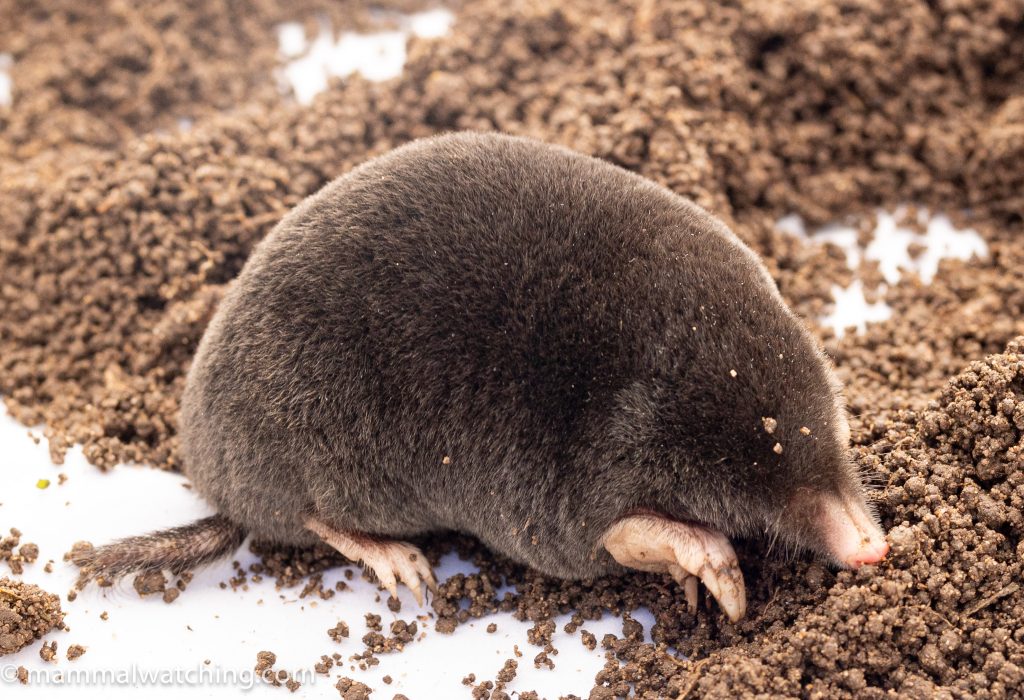
Martino’s Mole (Talpa martinorum)
Nedko knows more about Martino’s Mole than anyone. He was largely responsible for describing this species in 2018 and we visited several known locations around Burgas looking for signs of fresh mole activity. This wasn’t as easy as I had hoped. There had been heavy rain a few weeks before my visit and there was no sign of mole hills in sites where they had been very active in March. There was, however, a lot of mole-rat activity and the differences between a mole hill and a mole-rat hill can be quite subtle. So we spent a fair bit of time walking around fields staring at mounds of earth to assess their provenance.
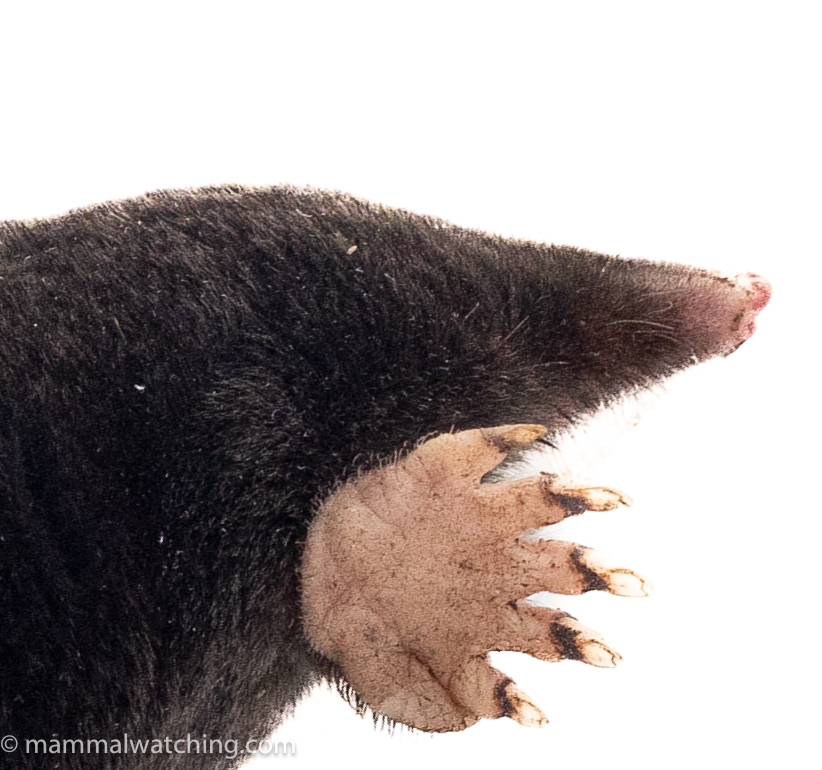
Martino’s Mole (Talpa martinorum). Look at those feet!
We eventually found fresh mole hills here, close to the Turkish border.
Anyone who has looked for mole will know that finding mole hills is one thing; finding the mole is another. I have only seen a mole once in my life when I was a eight: it was scurrying through grass in a Welsh field after dark. I have been a little bit obsessed with them ever since. Shortly after that sighting I spent a weekend excavating a mole hill in my garden. After two days I had created what I felt was an enormous hole (probably about 1m deep). My mother, doubtless upset with the damage being done to our lawn, warned me I was close to the centre of the earth and in danger of opening up a lava flow. Project abandoned. True story.
When I arrived in Bulgaria I was no better at finding them than I was fifty years earlier. Underground rodents are findable but my patented mammalwatching mole-rat spotting technique of opening up a fresh hole and waiting for the animal to come to the entrance does not work well for moles (though Nedko said it is possible to spot them this way though it takes a lot more time and patience than for your average mole-rat).
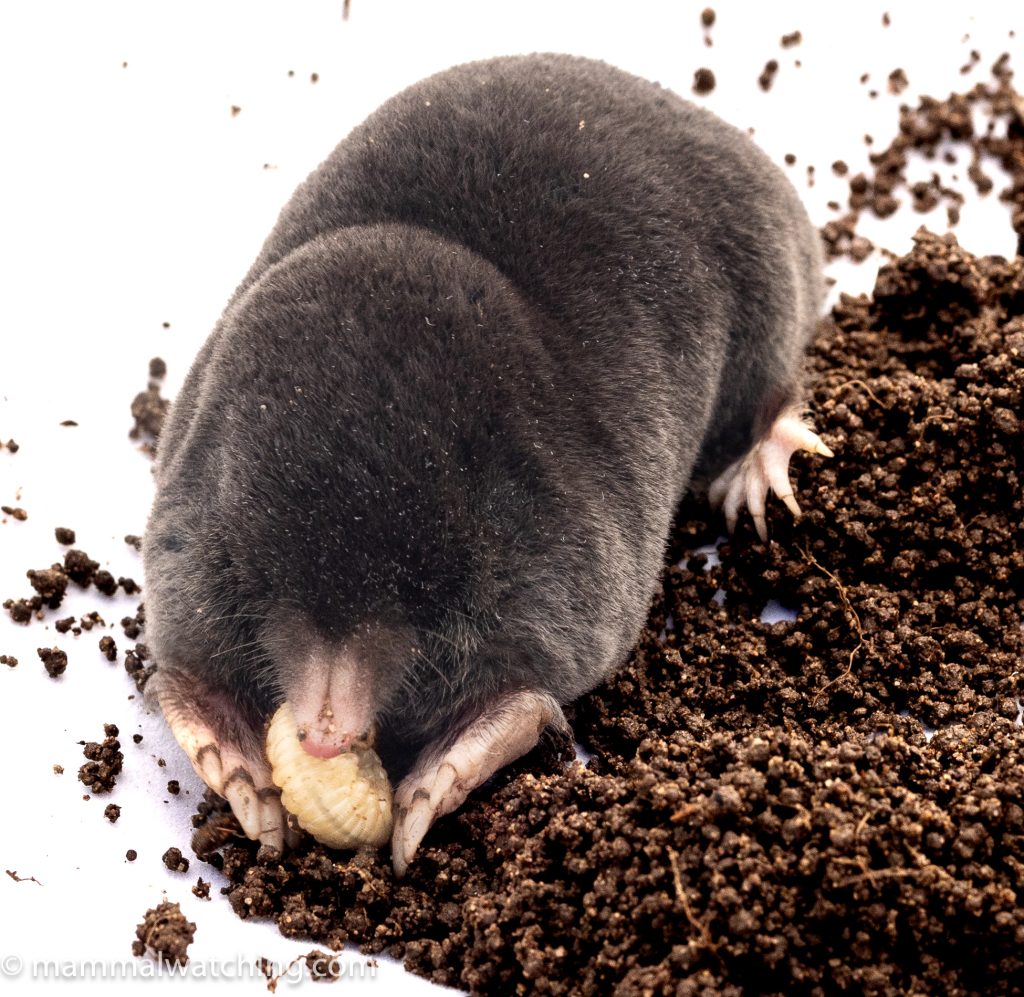
Martino’s Mole (Talpa martinorum)
Nedko is a mole catching genius. Most of his mole work at the museum involved collecting specimens (using kill traps) but he has also mastered the art of live capture by placing a pitfall trap in the tunnel system. I got a masterclass in how to do this.
He estimated a 10-15% success rate for traps left overnight and sure enough the next morning we caught one animal in the last of our 10 plastic bottles we had sunk into the ground,
If you want to try this at home make sure there are plenty of earthworms and larvae in each bottle: moles eat a LOT.
What a fascinating animal and what wonderful feet! After a lengthy photoshoot we released him back into his tunnel.
Bulgarian Mole-rat
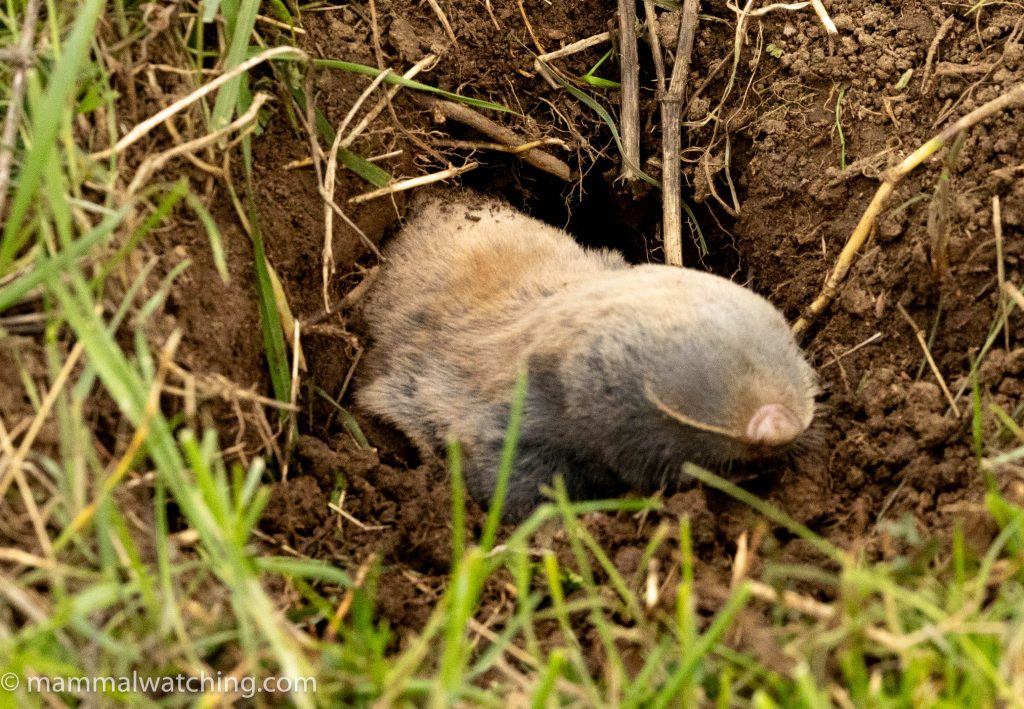
Bulgarian Blind Mole-rat (Nannospalax bulgaricus)
Bulgarian Mole-rat colonies are abundant around Burgas. We opened up several fresh tunnels and returned two hours later to see which had been sealed. I reopened one and it took 10 minutes to see an animal briefly emerge.
Stuff We Missed
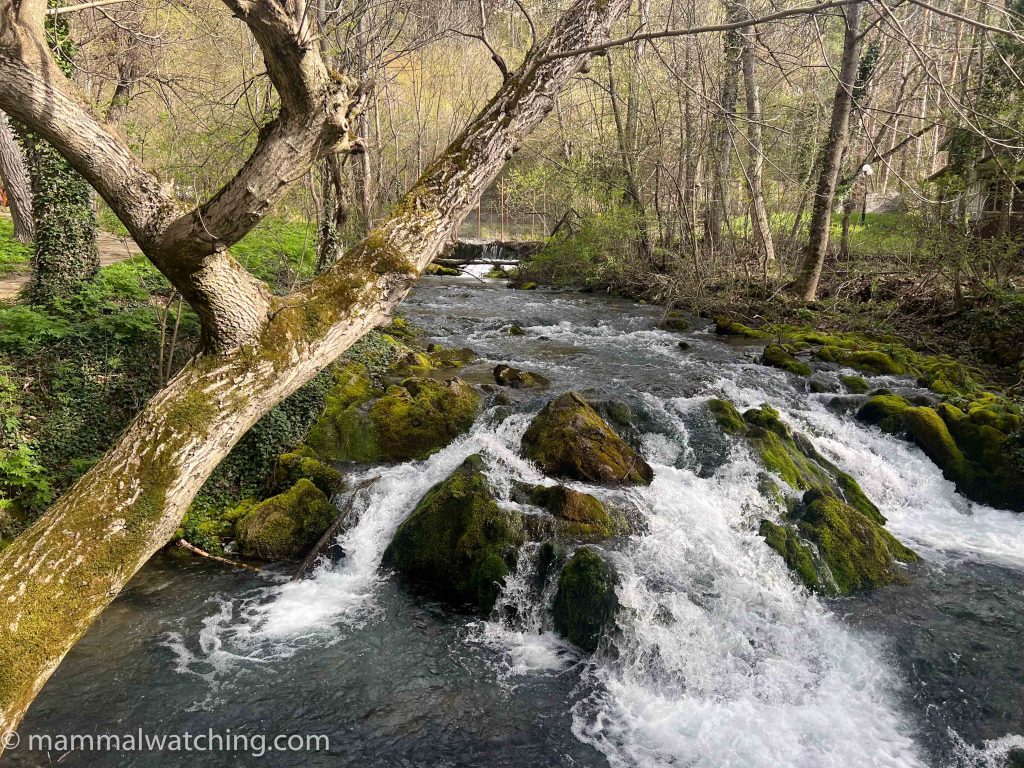
Eurasian Water Shrew habitat
We had planned to spend time look for two other species: Eurasian Water Shrew and Serbian Mole-rat.
Eurasian Water Shrew
We spent two nights trying to catch Eurasian Water Shrew, a species that is fast becoming a nemesis mammal, in the Blue Mountains near Kotel. There was lots of great habitat but during 60 trap nights we caught only Yellow-necked Mice. We stayed in Zheravna, a touristic and seriously creepy village. Forget Transylvania: this is where to come for true Dracula vibes.
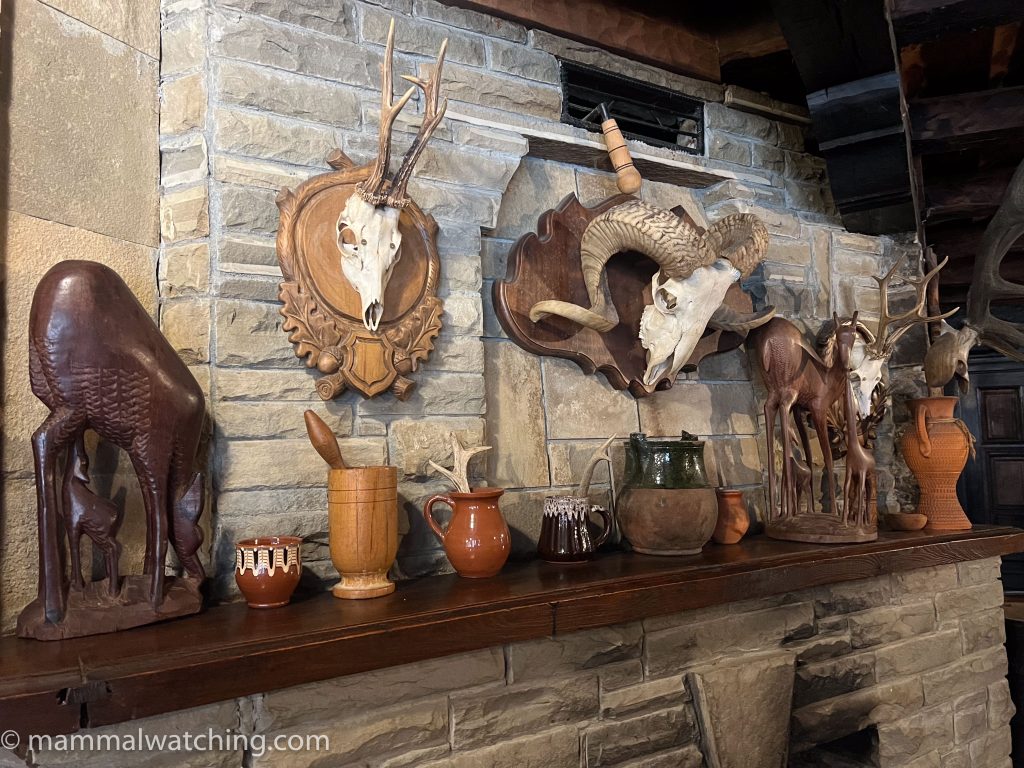
Peak Dracula
Serbian Mole Rat
We spent an after looking for Serbian Mole-rats close to Nedko’s home east of Plovdiv. We found fresh activity and opened up several holes (in a field here). Most were filled in again over the next few hours but I was never by the right hole at the right time to see an animal. In hindsight we should have given this a bit more time but Easter celebrations got in the way (see below).
Peak-Saddle Horseshoe Bat
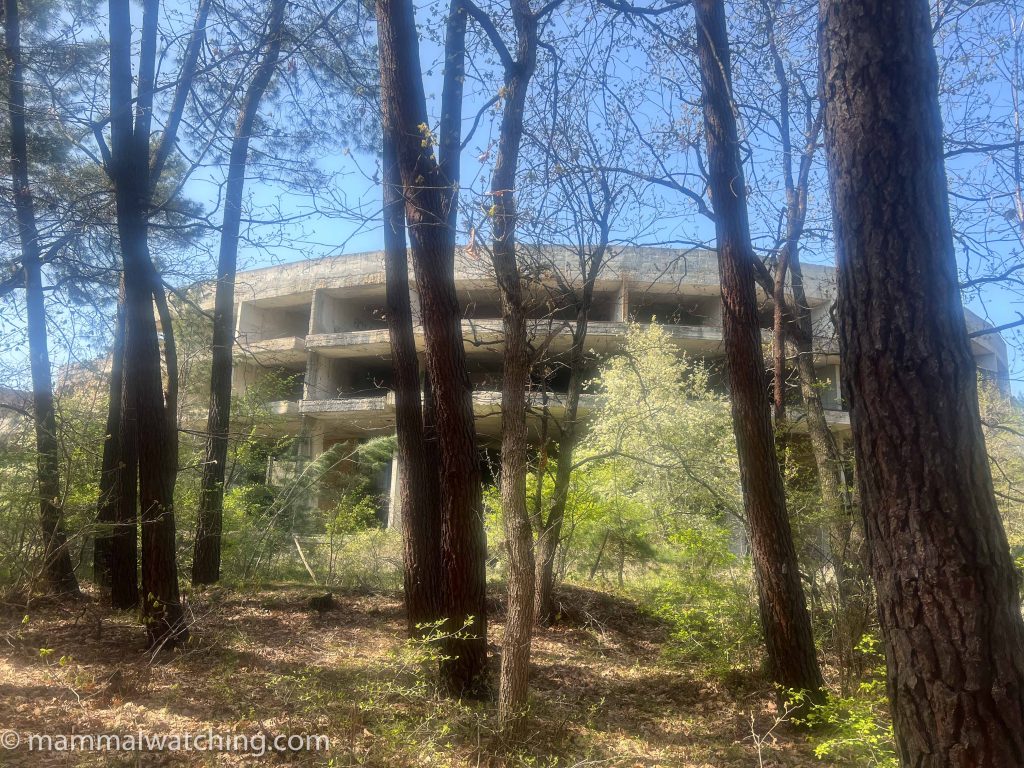
Perla 2
After I arrived in Bulgaria I realized I might have a shot at seeing Peak-saddle Horseshoe Bats (Rhinolophus blasii), a rather rare species in Europe.
Nedko is not a bat expert but he contacted a friend for suggestions and we visited an abandoned and unfinished hotel – the Perla 2 – just north of Primorsko. We found plenty of mouse-eared bats and bentwings but the only horseshoe I saw was flighty and would not perch. At least three horseshoe bats species have been recorded here.
There are other Bulgarian records of Blasii on iNaturalist from caves but it wasn’t obvious exactly where the caves were or how easy access might be. We didn’t have time to explore any further.
Other Notable Mammals
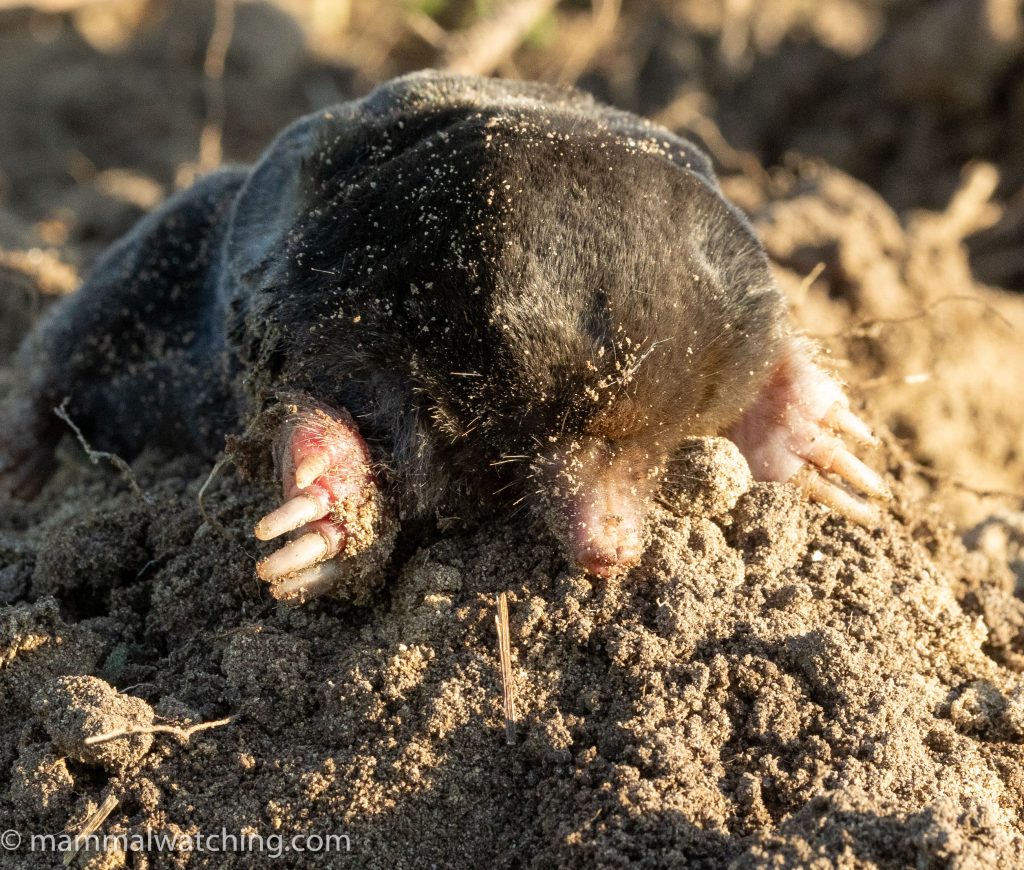
European Mole (Talpa europaea)
Although we didn’t manage to catch a Serbian Mole-rat, Nedko did catch a European Mole near Polvdiv.
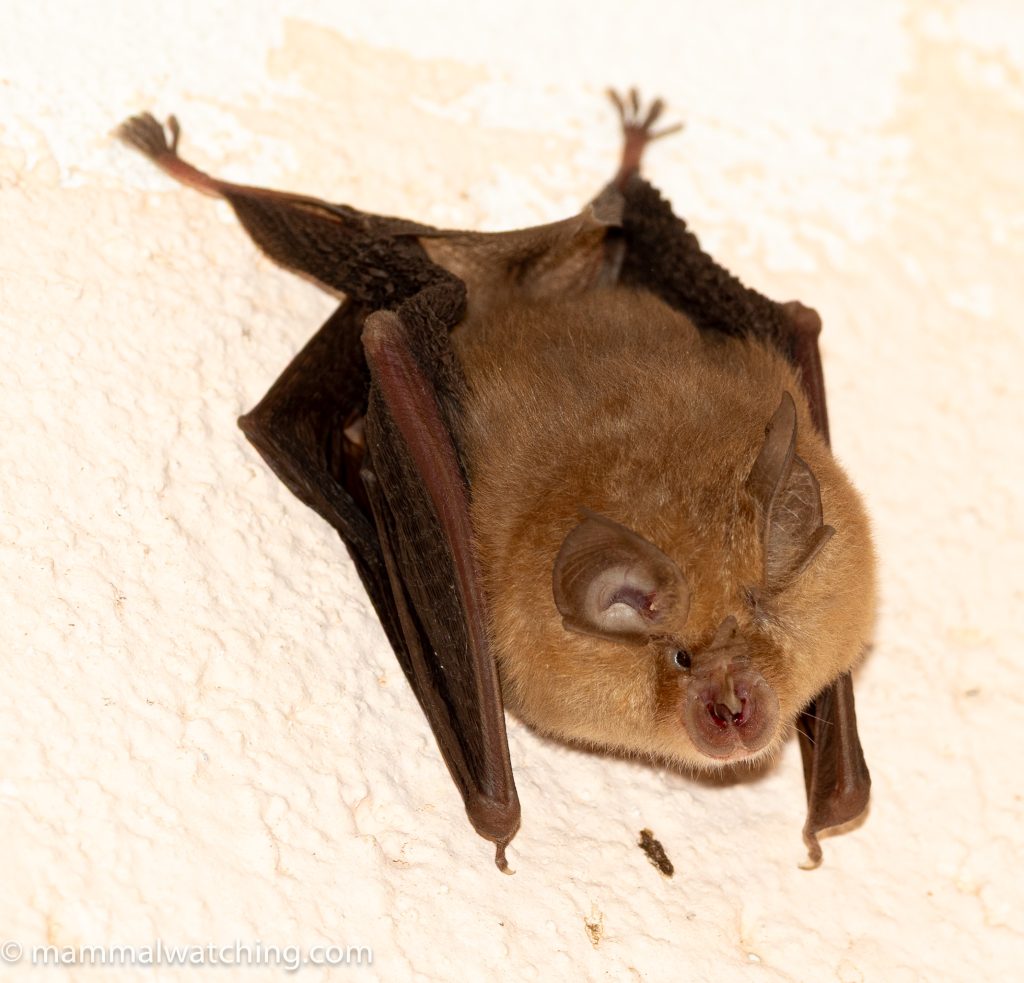
Lesser Horseshoe Bat (Rhinolophus hipposideros)
In abandoned buildings near Mramor we found small colonies of horseshoe bats. This species above was a Lesser Horseshoe.
I am not so sure about the horseshoe bat below but it might be a Greater Horsehoe?.
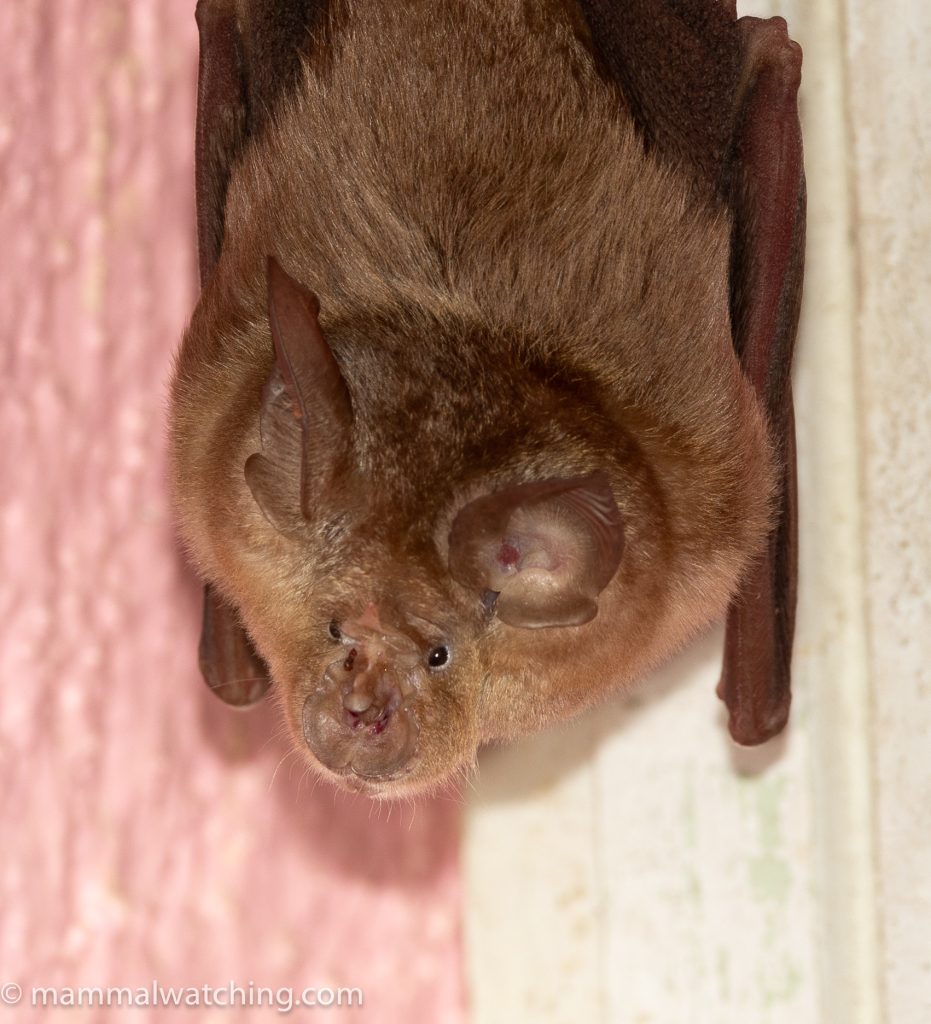
Greater Horseshoe Bat (Rhinolophus ferrumequinum) possibly
Other contenders by range include rhinolophus blasii, euryale and mehelyi. If you can identify it more confidently please let me know.
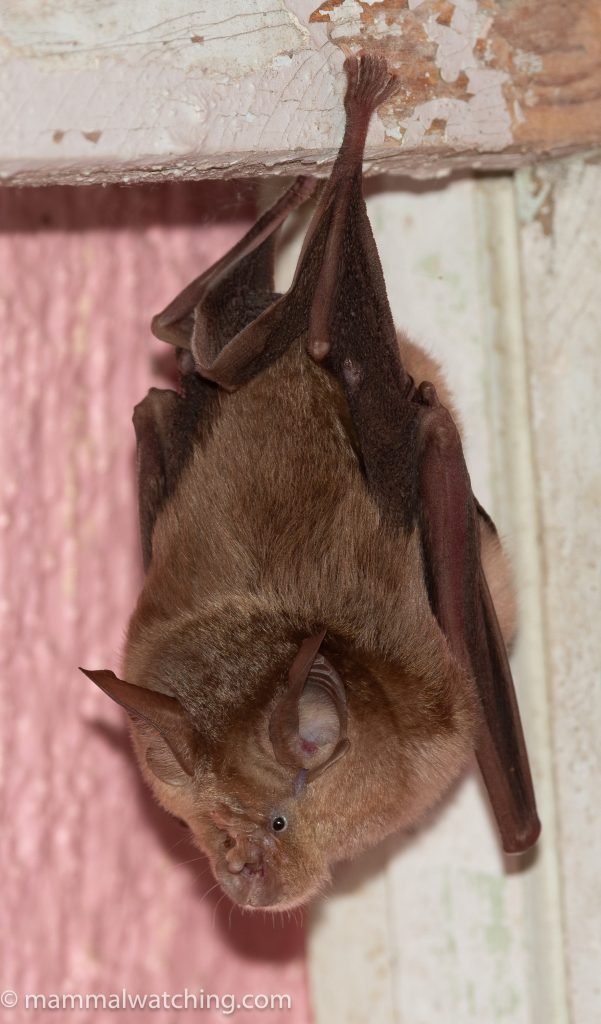
Greater Horseshoe Bat (Rhinolophus ferrumequinum) possibly
South of Burgas in the abandoned and unfinished hotel – the Perla 2 – we found several clusters of Schreiber’s Bentwing Bats,
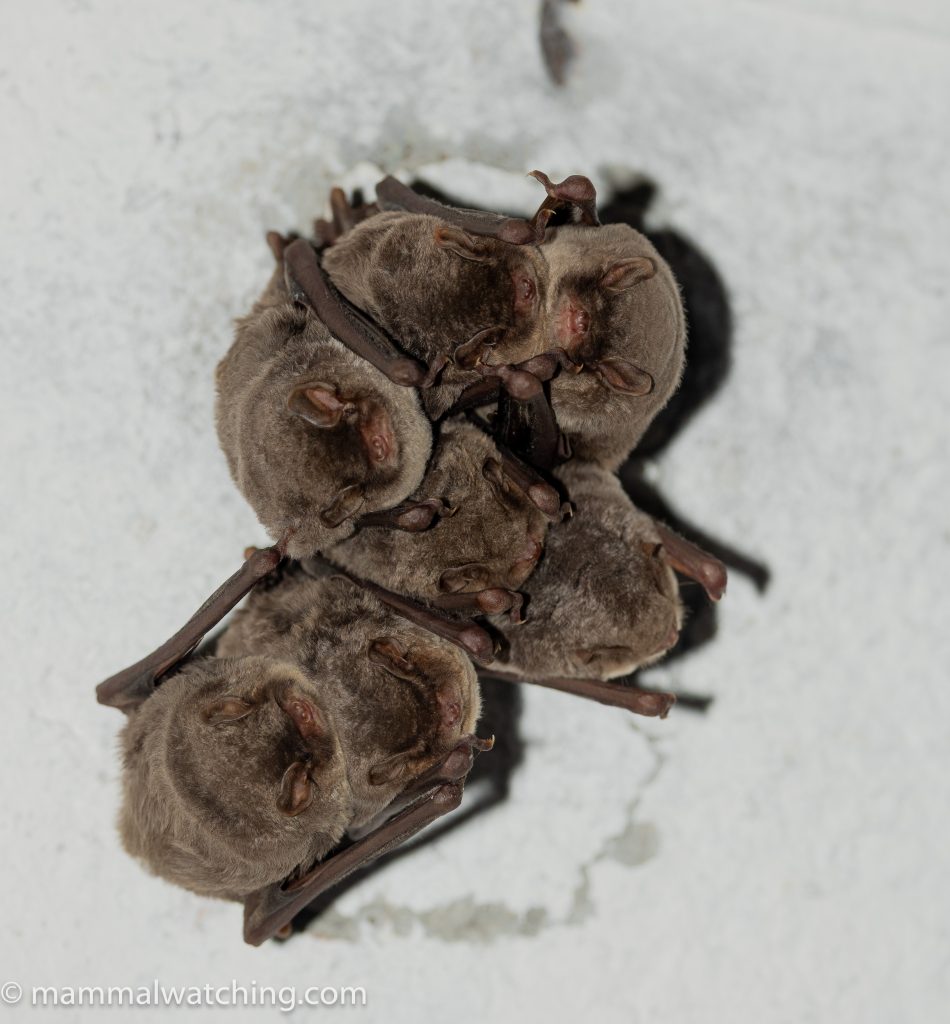
Schreibers’s Long-fingered Bat (Miniopterus schreibersii)
and many mouse-eared bats which were either Greater or Lesser Mouse-eared Bats: the species are very difficult to differentiate in photographs.
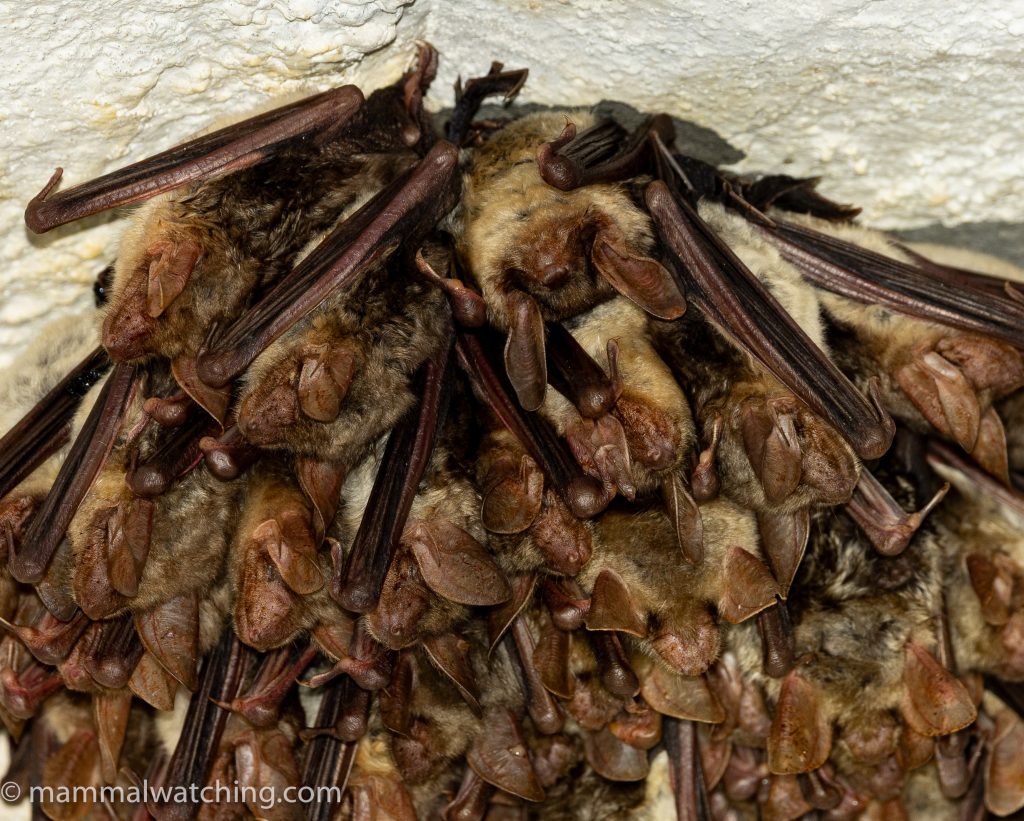
Mouse-eared Bat species (Myotis myotis or M. bllythii)
The explosion of Harting’s Vole in the south east attracted many raptors and foxes. We saw a European Wild Cat here, which are relatively common in Bulgaria.
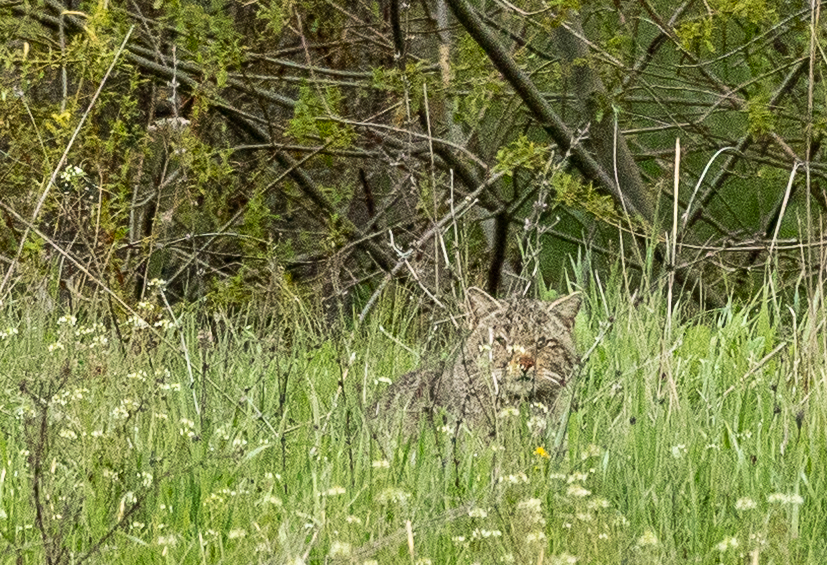
European Wildcat (Felis silvestris)
Easter in Bulgaria
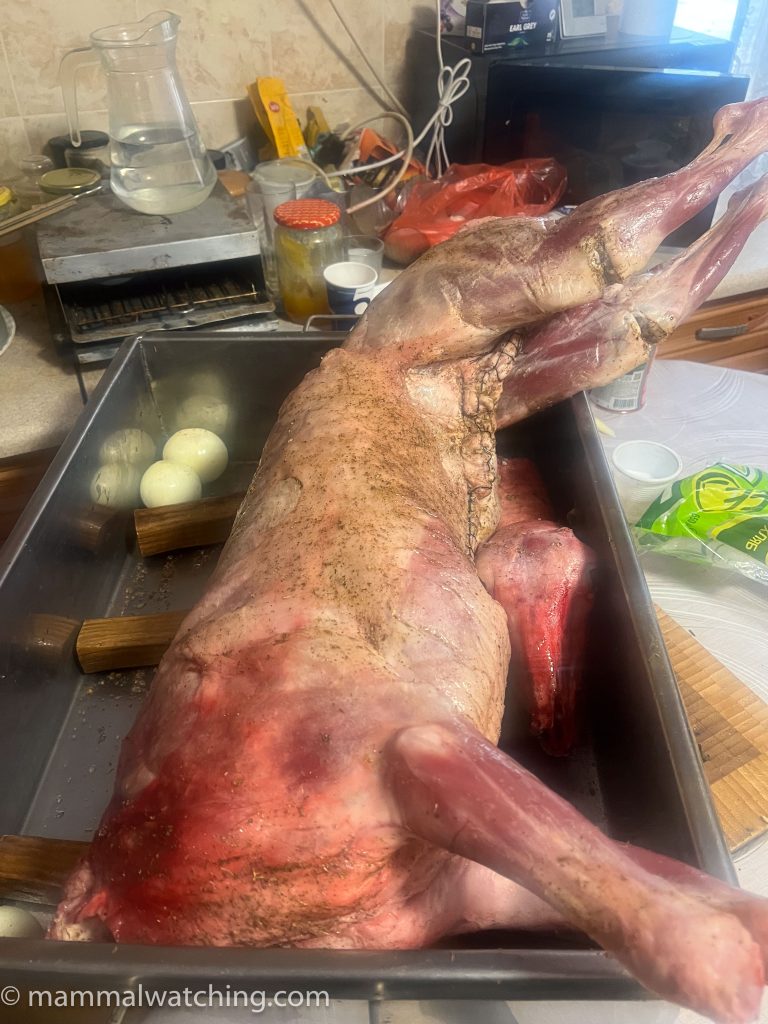
Easter in Bulgaria with Nedko’s family wasn’t mammal related (other than gastronomically) but it was a special occasion. An occasion which revolved around an entire lamb that Nedko spent a whole afternoon preparing and stuffing with rice. The lamb was cooked overnight in his uncle’s clay oven, which was a spectacle in its own right.
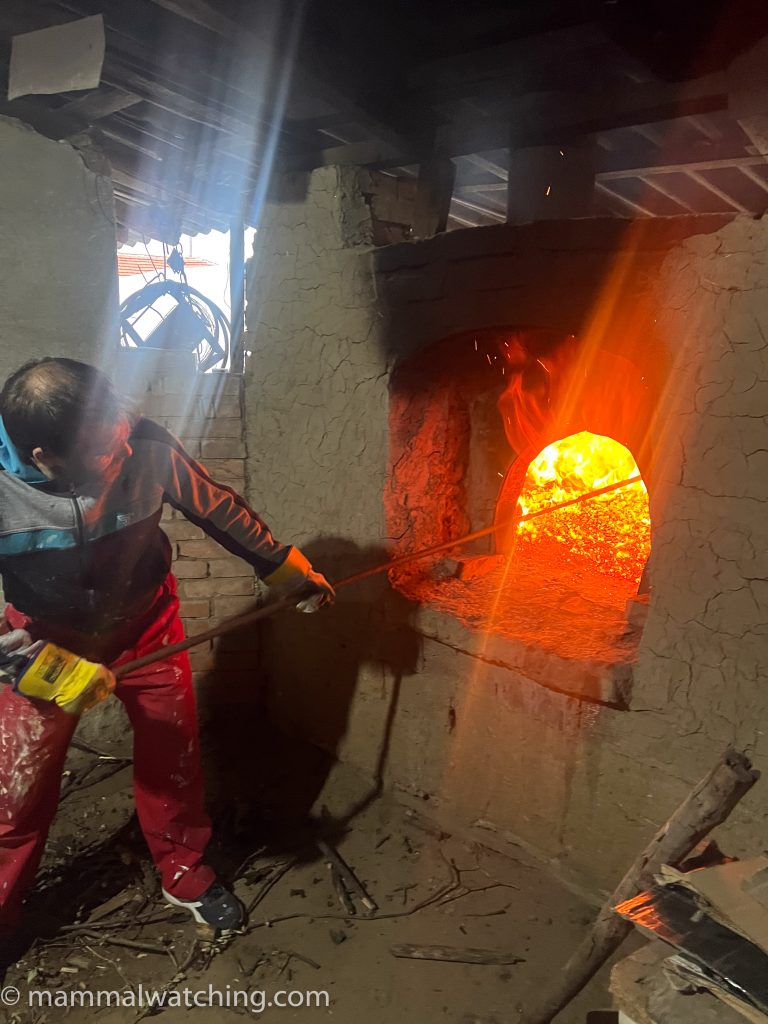
This oven is used once a year, and several other families used it that night to cook their own easter roasts.
After being superheated all afternoon, the embers were cleared away and the oven sealed with clay.
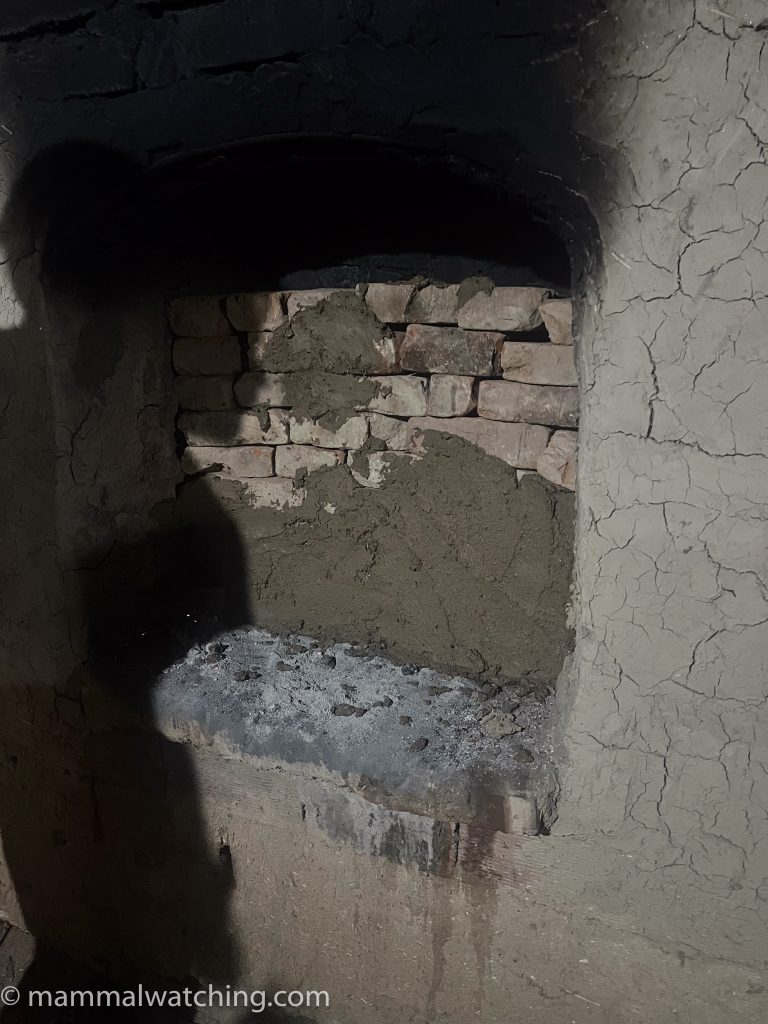
The next morning the clay was removed and we had lamb soup for breakfast.
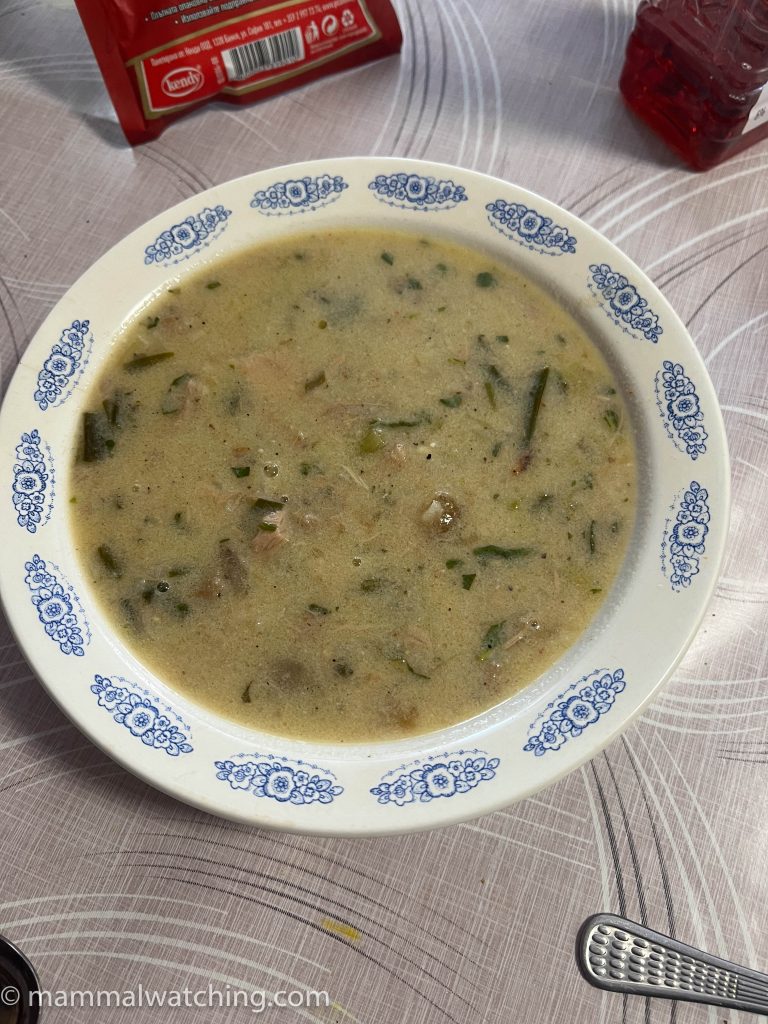
And an impressive roast to take home.
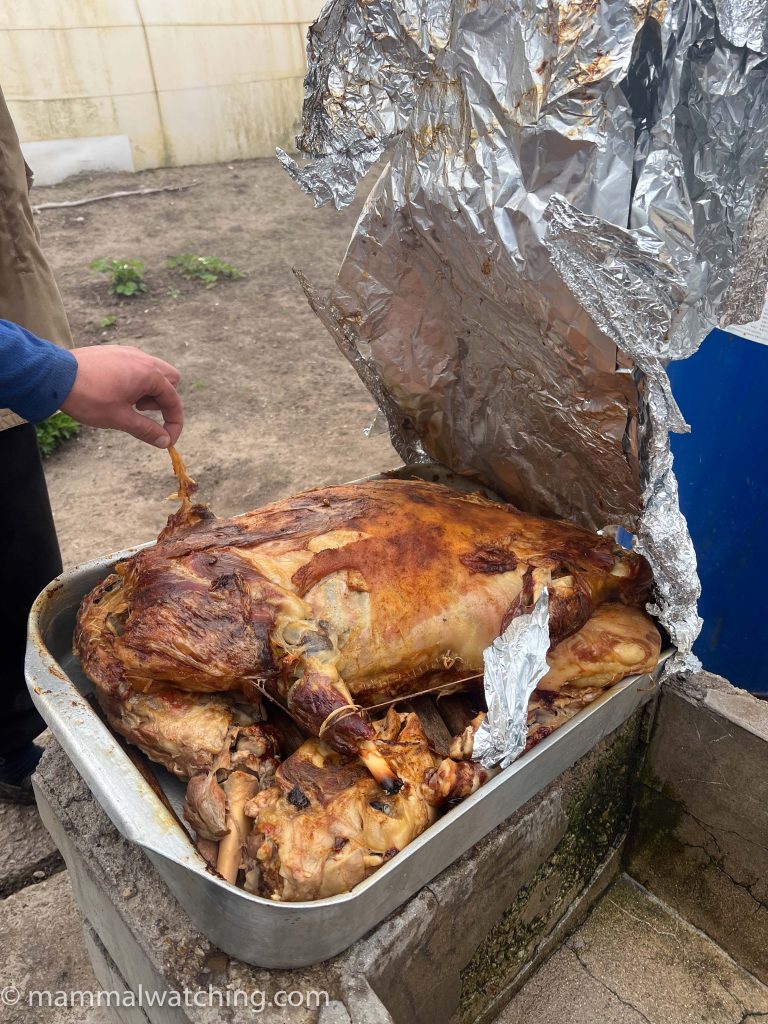
The one flaw in this glorious celebration was the large amount of rakia – Bulgarian moonshine – I was ‘forced’ to drink on Saturday night. This did not fuel my desire for the lamb soup the next morning.
A very big thanks to Nedko, his family and to Jean Michel Bompar for help with my bat identification.
Trip List
European Hare (Lepus europaeus)
Eurasian Red Squirrel (Sciurus vulgaris)
Harting’s Vole (Microtus hartingi)
Yellow-necked Field Mouse (Apodemus flavicollis)
Bulgarian Blind Mole-rat (Nannospalax bulgaricus) – endemic
European Mole (Talpa europaea)
Martino’s Mole (T.martinorum)
Lesser Horseshoe Bat (Rhinolophus hipposideros)
Greater Horseshoe Bat (R. ferrumequinum) – possibly
Schreibers’s Long-fingered Bat (Miniopterus schreibersii)
Greater/Lesser Mouse-eared Bat (Myotis blythii/myotis)
Red Fox (Vulpes vulpes)
European Wildcat (Felis silvestris)
Western Roe Deer (Capreolus capreolus)
3 lifers, 12/13 species.
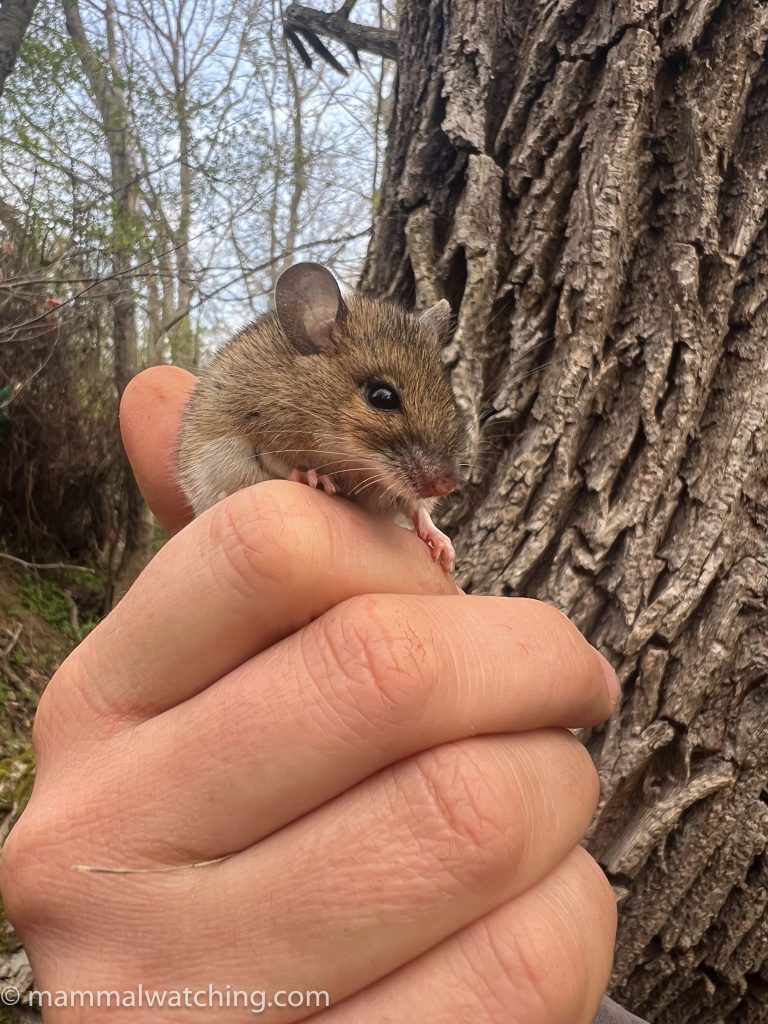
Yellow-necked Field Mouse (Apodemus flavicollis)
Post author
2 Comments
Leave a Reply
You must be logged in to post a comment.

Vladimir Dinets
I’ve tried putting pitfall traps in mole tunnels many times but had very limited success, so I switched to tube traps which are also inefficient 🙁 Am I doing something wrong? I just found an excellent place for hairy-tailed moles, would be fun to try.